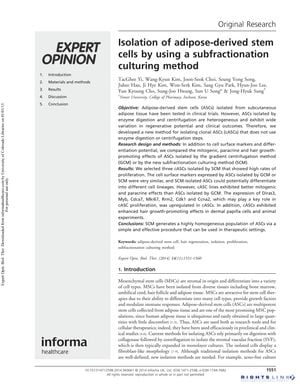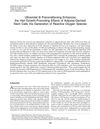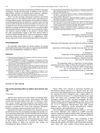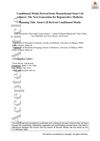Isolation of Adipose-Derived Stem Cells Using a Subfractionation Culturing Method
July 2014
in “
Expert Opinion on Biological Therapy
”

TLDR The new method for isolating stem cells from fat is simple and effective, producing cells that grow faster and are better for hair regeneration.
The study introduced a new method for isolating adipose-derived stem cells (ASCs) called the subfractionation culturing method (SCM), which was found to be a simple and effective alternative to the traditional gradient centrifugation method (GCM). ASCs isolated using SCM, termed clonal ASCs (CASCs), displayed similar cell surface markers and differentiation potential into various cell lineages as those isolated by GCM. However, CASCs demonstrated higher proliferation rates, better mitogenic and paracrine effects, and notably enhanced hair growth-promoting effects in both dermal papilla cells and animal models. The study concluded that SCM allows for the generation of a highly homogeneous population of ASCs with superior therapeutic potential for hair regeneration, despite some limitations such as the low frequency of cells in initial isolates and the need for more passage expansion. The research did not specify the number of human participants but mentioned the use of liposuction aspirates from a healthy female donor.



